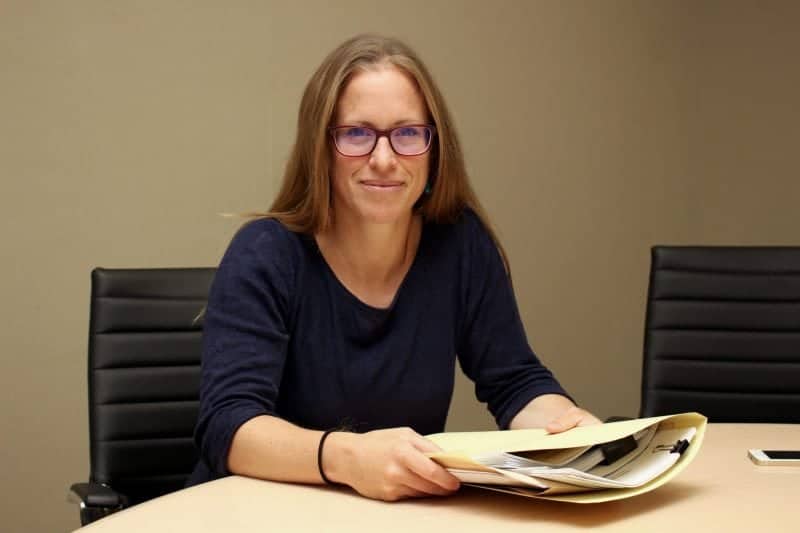“What we’re looking at here is how to supply gas to residents of a very gas-rich region and limit the irony of our situation here, relying on southern producers for fuel,” said Kate Darling, general counsel for the Inuvialuit Regional Corporation, which is undertaking a feasibility study to determine the potential for harvesting and distributing gas along the Inuvik-Tuktoyaktuk highway.

Currently, Inuvik receives its gas partly through the Ikhil well, which is being drawn down and will be exhausted within five years, and through southern sources trucked up the Dempster Highway.
A full gas pipeline connecting the Beaufort Delta to the south is a very expensive prospect, so the IRC is looking at a more limited solution to solve both the region’s gas needs and provide local employment.
The organization is now receiving proposals to take on a feasibility study that will come in two phases.
“The first component is looking at a local energy supply, looking first at the communities of Aklavik, Fort McPherson, Inuvik, Tsiigehtchic and Tuktoyaktuk, and then the second phase of the feasibility study will take into account some of the coastal communities (of) Paulatuk, Sachs Harbour and Ulukhaktok,” said Darling.
The study for Phase 1 is to be completed by this December, while Phase 2 is due December 2018.
Though the IRC is eager to pursue a local energy solution, the study will determine whether it’s fundamentally possible and in what way.
Darling said the question is an open one, but the IRC is hopeful that a confluence of factors, including the new highway opening, mean that putting in a local system of gas supply and distribution will be a reasonable enough cost for investors to consider.
Beyond the benefit of local energy supply, an industry erected around gas deposits along the highway would have many side bonuses, such as local employment and jobs.
The study will be looking at current gas wells along the highway, determining the gas qualities in those wells, what additional infrastructure would be needed to put them into operation and how to handle byproducts from the process.
“All of those elements have a cost and we want to get the full picture,” said Darling.
Last year, Canada and the United States put a moratorium on gas exploration in the Arctic ocean, but that’s not going to affect the IRC’s interested in onshore gas along the highway.
The onshore product is very much a local potential industry, said Darling, whereas an offshore industry would likely be international.
For now, the IRC is putting the daydreaming to the side and collecting data first to take the responsible steps to find out if this pursuit is financially feasible. If it proves to be, the IRC will work with politicians and corporate friends in the oil and gas industry to try to make it a reality.